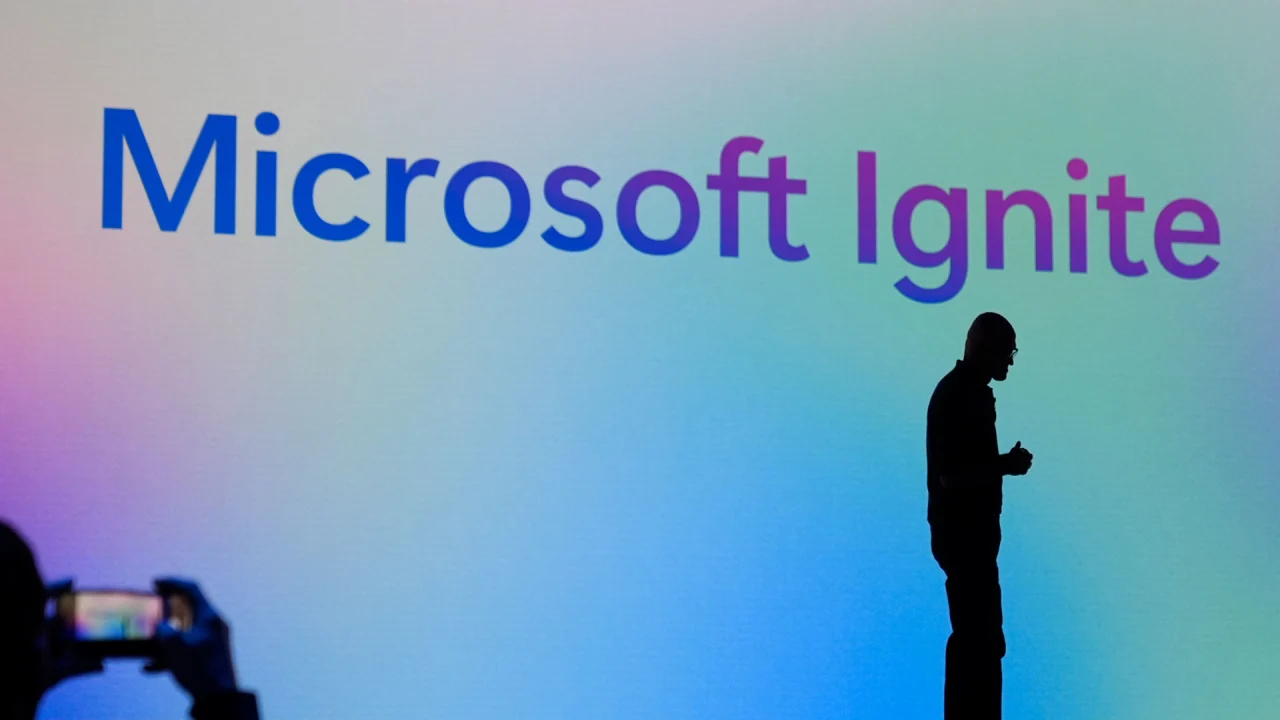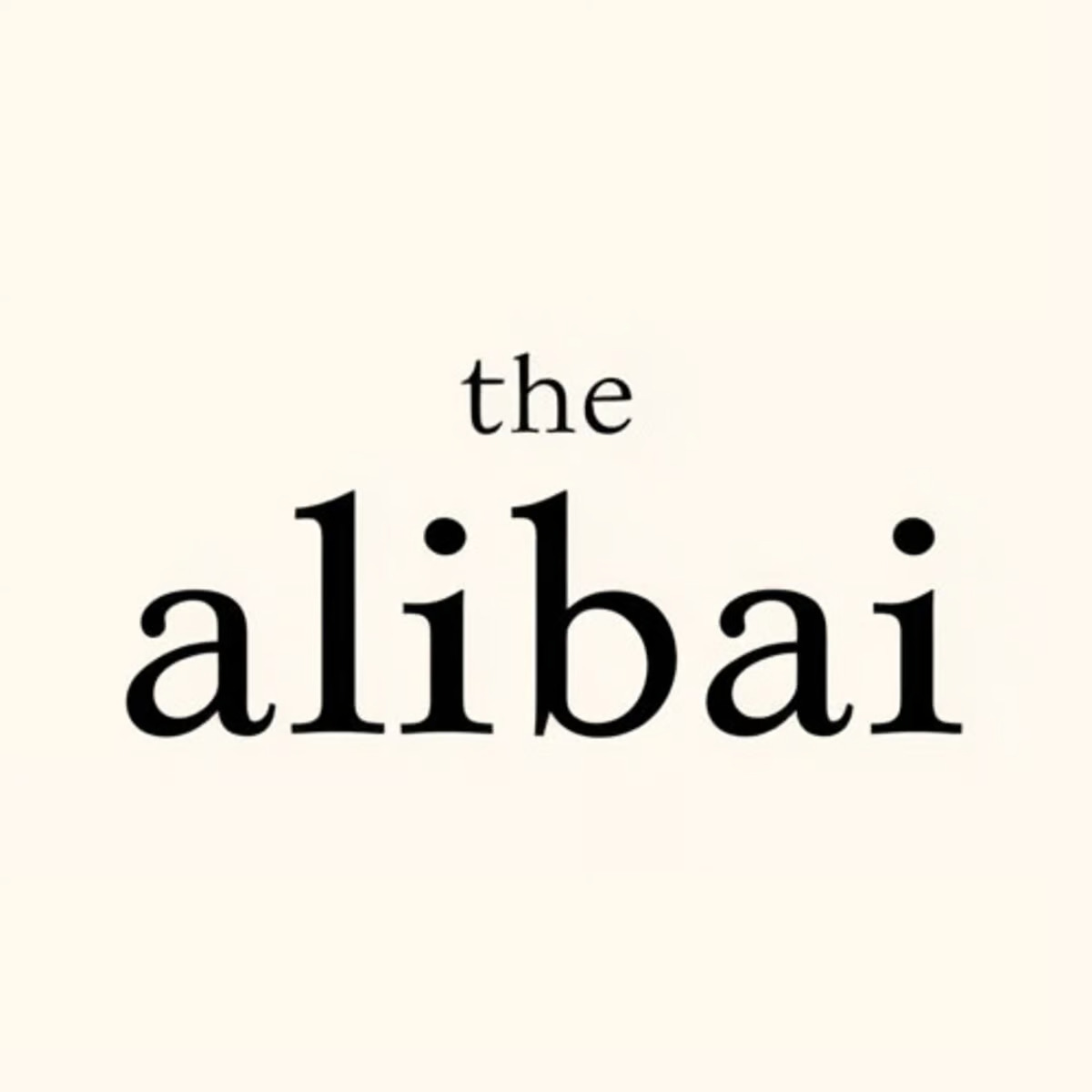🔦 Welcome to The AlibAi
We’re excited to bring you the latest insights into the evolving world of AI and marketing. This edition highlights significant legal developments impacting content creation strategies.
-
AI-generated content can be copyrighted with human edits
-
Microsoft plans $80 billion investment in AI technologies
-
Concerns raised over leaked private Slack messages
-
Exploring cost-effective models in AI technology
📰 Featured Story

The U.S. Copyright Office has announced that AI-generated content can be copyrighted if human input is included in the creation or editing process. This significant ruling could reshape how the law views creative work produced with artificial intelligence.
-
The ruling emphasizes the importance of human involvement in the AI creation process.
-
This decision might encourage more creators and companies to explore AI tools in their workflows.
-
Potential implications for content ownership and the creative industry could be vast.
-
Discussions on the ethics and responsibilities of using AI in creative processes are likely to intensify.
As businesses and professionals increasingly embrace AI technologies, the Copyright Office’s stance underscores the evolving intersection of law and technology. Understanding these developments is crucial for marketing strategies.
-
The ruling could influence marketing professionals’ approaches to content creation.
-
Legal clarity around AI-generated content helps mitigate risks associated with copyright infringement.
-
Brands may need to reassess how they use AI-generated materials in their marketing efforts.
-
It opens a pathway for AI-inspired works to gain formal recognition legally.
As the landscape of AI and copyright continues to evolve, keeping abreast of these changes is essential for anyone working with AI technologies. This ruling could pave the way for future innovations in AI creativity.
-
Companies are encouraged to examine their policies on content creation involving AI.
-
Educating teams about copyright implications will be vital.
-
The ruling sets a precedent for future legal interpretations of AI-generated works.
-
Stakeholders will need to balance creativity and compliance in their use of AI.
📰 Top Stories
Microsoft posts 10% growth for Q4 as it plans to spend $80 billion on AI

Microsoft has posted a 10% growth for Q4 and plans to invest $80 billion in AI. This move highlights the tech giant’s commitment to leading in the AI space.
Read more.
An unprotected AI service is streaming private Slack messages online

A tool designed to enhance Slack productivity is reportedly leaking sensitive data. This situation raises critical concerns about data privacy in AI tools.
Read more.
DeepSeek is shaking up the AI industry with cost-efficient large language models

DeepSeek’s introduction of cost-effective large language models is challenging traditional AI giants, marking a notable shift in the AI competitive landscape.
Read more.
🔦 Spotlight: AI Breakthrough of the Week
This week, the U.S. Copyright Office’s ruling regarding AI-generated content could be a game-changer for businesses in diverse sectors. The agency indicated that AI creations can be copyright-protected as long as there are human contributions. This shift not only underscores the significance of human involvement in AI processes but also invites marketers and content creators to rethink their strategies. By blending AI capabilities with intentional human input, companies can now secure legal protections for their innovative outputs.
The potential impact on business models is substantial. With this ruling, brands may harness AI for increased efficiency while safeguarding their proprietary content. For instance, marketers can utilize AI to generate ideas or draft content but should ensure that human edits or curations are integral to the final product. This alignment with copyright regulations can enhance confidence in leveraging AI technologies, thus driving further adoption in the industry. Companies eager to navigate these changes can explore further details here.
🏢 AI in Action: Real-world Applications
DeepSeek’s Success in the AI Market: DeepSeek has recently gained significant traction, becoming the number one app on the US Play Store within weeks. By offering cost-effective large language models, DeepSeek is reshaping the competitive landscape for AI tools and applications. This success illustrates the increasing interest and demand for innovative AI capabilities. Check out the full story here.
AI Enhancements in Slack: An emerging AI service aimed at improving productivity within Slack has raised concerns after reports of sensitive data streaming online. This incident underscores the importance of security and privacy when leveraging AI technologies in corporate environments. For further information, read the details here.
🧠 Expert Corner
As AI technologies continually advance, it’s essential for marketing professionals to keep a pulse on the latest developments. One ongoing conversation revolves around the licensing implications for AI-generated content, particularly following recent rulings such as those from the U.S. Copyright Office. While we won’t rehash the details of the ruling, it’s worth emphasizing that understanding copyright can be a valuable asset when integrating AI into your workflow. This clarity allows marketers to innovate responsibly while protecting their creative outputs.
Moving into 2025, tools from competitors like DeepSeek and Alibaba may offer tempting features and pricing models. However, it’s crucial not to lose sight of the long-term trajectory of established players like OpenAI and Anthropic. Remember that while current offerings may be compelling, sustainable innovation and reliability are key factors in making investment decisions related to AI technologies. It’s wise to adopt a critical eye towards the technology landscape, as the dynamics of the market can shift swiftly.
-
Experiment with Prototypes: Test agentic AI technologies on low-risk projects to identify their strengths and limitations in your specific operational context.
-
Focus on Trajectory: Assess the future potential of AI providers, not just their current offerings, to guide your investments wisely.
-
Engage with Copyright Issues: Stay informed about copyright implications for AI-generated content; this knowledge could greatly impact your marketing approach.
-
Communicate Clearly: Set a standard for practicality and straightforwardness in discussions about AI technologies to avoid unnecessary complexity.
💬 Community Buzz
DeepSeek is just the inevitable: Costs for models will keep falling – As AI model development costs decrease, Reddit users discuss the unpredictable trajectory of AI advancements and how this puts pressure on major players like OpenAI. The commentary reveals a split sentiment, with skepticism about the long-term sustainability of established AI labs in a rapidly evolving market.
Updates to GPT-4o in ChatGPT – Recent enhancements in ChatGPT have spurred a lively conversation concerning the potential for future iterations to deliver significant breakthroughs. Discussions oscillate between optimism regarding enhancements and skepticism about the feasibility of achieving major advancements like those expected from GPT-4.5.
Hugging Face is working on a fully open-source version of DeepSeek-R1 called Open-R1 – This initiative has met with enthusiasm as it promises greater accessibility and collaborative opportunities in response to increasing concerns regarding data regulation. Users express interest in leveraging an open-source alternative as a viable option for organizations wary of proprietary solutions.
OpenAI Furious DeepSeek Might Have Stolen All the Data OpenAI Stole From Us – A humorous yet critical exchange unfolds around competitive tensions between OpenAI and DeepSeek, as the absurdity of AI companies claiming data originality is highlighted. The lighthearted tone belies a serious discourse on corporate ethics in AI data sourcing and the implications for innovation.
New training approach could help AI agents perform better in uncertain conditions by MIT – MIT’s proposed training methods for AI agents show significant promise for real-world applications, garnering intrigue from the community. Users share a collective optimism toward advancements in AI training approaches, underlining the critical role that research innovation plays in developing more effective AI systems.
🔬 Top Research
Here are some pivotal research papers that have emerged recently, focusing on various applications of AI technology:
-
Dialogue is Better Than Monologue: Instructing Medical LLMs via Strategical Conversations – This study emphasizes the potential of dialogue tuning to enhance clinical reasoning in medical AI systems, which often struggle with static text evaluations.
-
Improving Your Model Ranking on Chatbot Arena by Vote Rigging – This paper reveals vulnerabilities in the ranking process of chatbot models due to crowdsourced voting and suggests strategies to mitigate vote rigging.
-
Large Language Models and Code Security: A Systematic Literature Review – A thorough review scrutinizing the use of large language models for code-related tasks, focusing on both their security advantages and potential vulnerabilities.
🛠️ Emerging Tools and Technologies
Here are some of the latest AI tools and technologies that can enhance your marketing strategies and efficiency:
-
AI Writer by HubSpot – This tool uses advanced natural language processing to generate engaging content tailored to your audience, helping marketers save time and improve their content strategy.
-
Canva’s AI Text Generator – Recently launched, this feature assists marketers in quickly creating copy for social media posts and advertisements, streamlining the design process.
-
Adobe Sensei – Adobe’s AI technology empowers marketers to automate repetitive tasks, analyze customer data, and personalize campaigns, improving overall engagement.
-
Copy.ai – An AI-powered copywriting assistant that provides users with creative content options across various formats, making it a valuable tool for craft marketing messages quickly.
-
Grammarly Business – Utilize AI to enhance writing quality and team collaboration, ensuring that all content produced meets high standards while reducing editing time.
💡 Final Thoughts
As we wrap up this edition of The AlibAI, it’s clear that the evolving landscape of AI and copyright law will shape how we create and use content moving forward. The recent ruling from the U.S. Copyright Office on AI-generated materials highlights the crucial role of human input in this process. This is an opportunity for all of us—marketers and creators alike—to engage actively with these changes and explore how they can enhance our work. We invite you to share your thoughts on this ruling and consider how you might integrate these new legal insights into your content strategies. Keep pushing boundaries and applying what you’ve learned!

